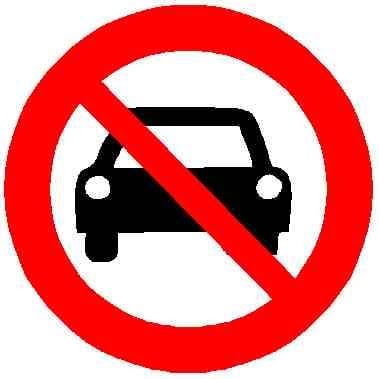“Giving people more viable alternatives to driving means more people will choose not to drive, so there will be fewer cars on the road, reducing traffic for drivers.”
Concise, easy to understand, and accurate. I have used it at least a dozen times and it is remarkable how well it works.
Also—
“A bus is about twice as long as a car so it only needs to have four to six passengers on board to be more efficient than two cars.”


That seems to be highly dependent on where they are.
In some cities, everyone on public transport behaves themselves. They’re clean and there’s no fear that they’ll be harassed or assaulted. Some people really like that and get afraid or skeeved when they think about some public transport systems.
In other cities public transportation riders are expected to “live and let live”. Officials won’t stop you from doing anything unless it presents an imminent danger. Some people love the freedom from that sort of system and hate the idea of someone forcing them to behave a certain way.
There are, of course, many reasons why certain public transport systems are more like one than the other; money, age, geography, preferences, etc. While there are great arguments for public transportation and I’m a huge fan of improving the infrastructure around it, I can also recognize that a lot of people’s actual experience of public transport doesn’t paint it in a good light.